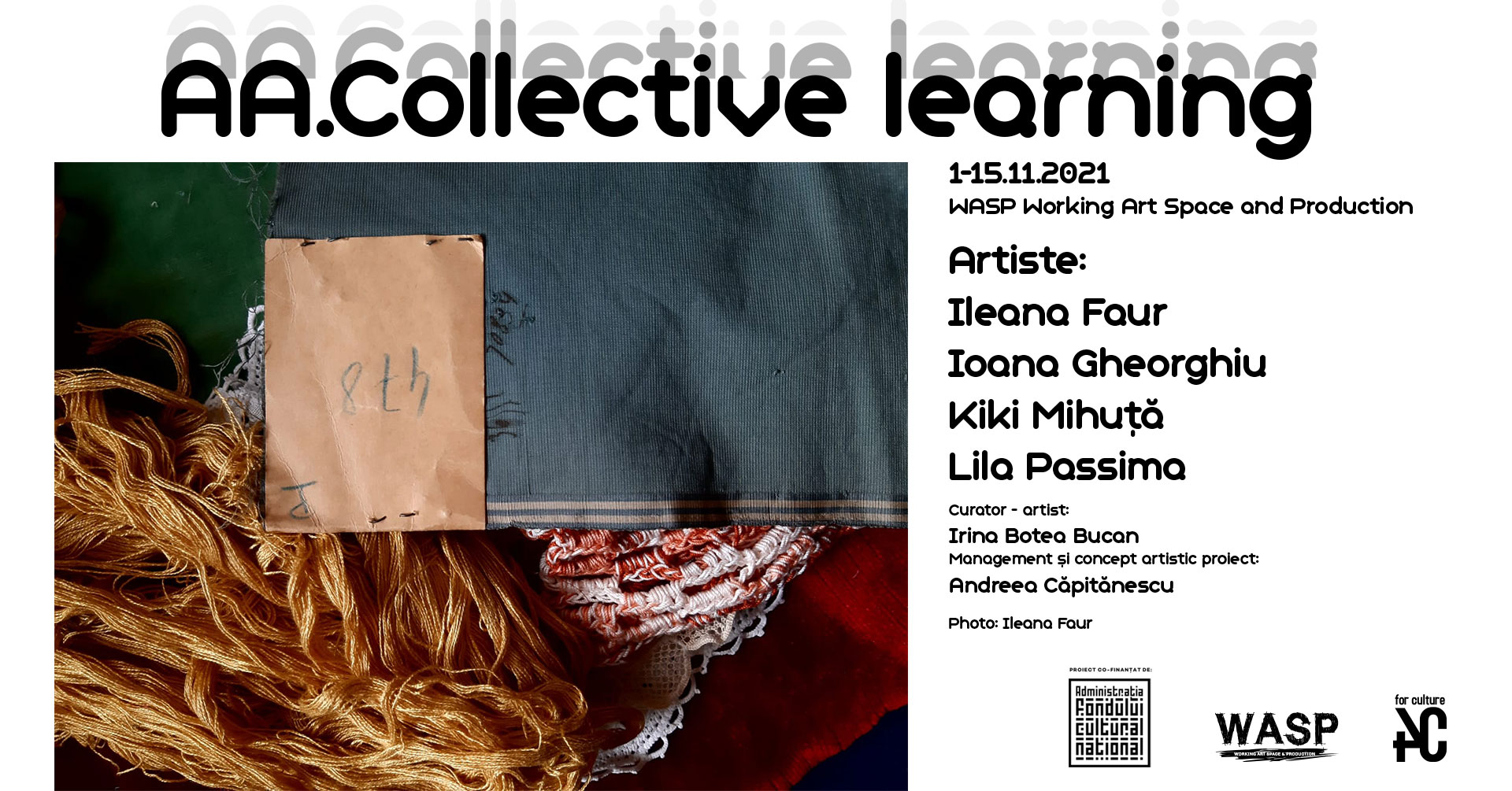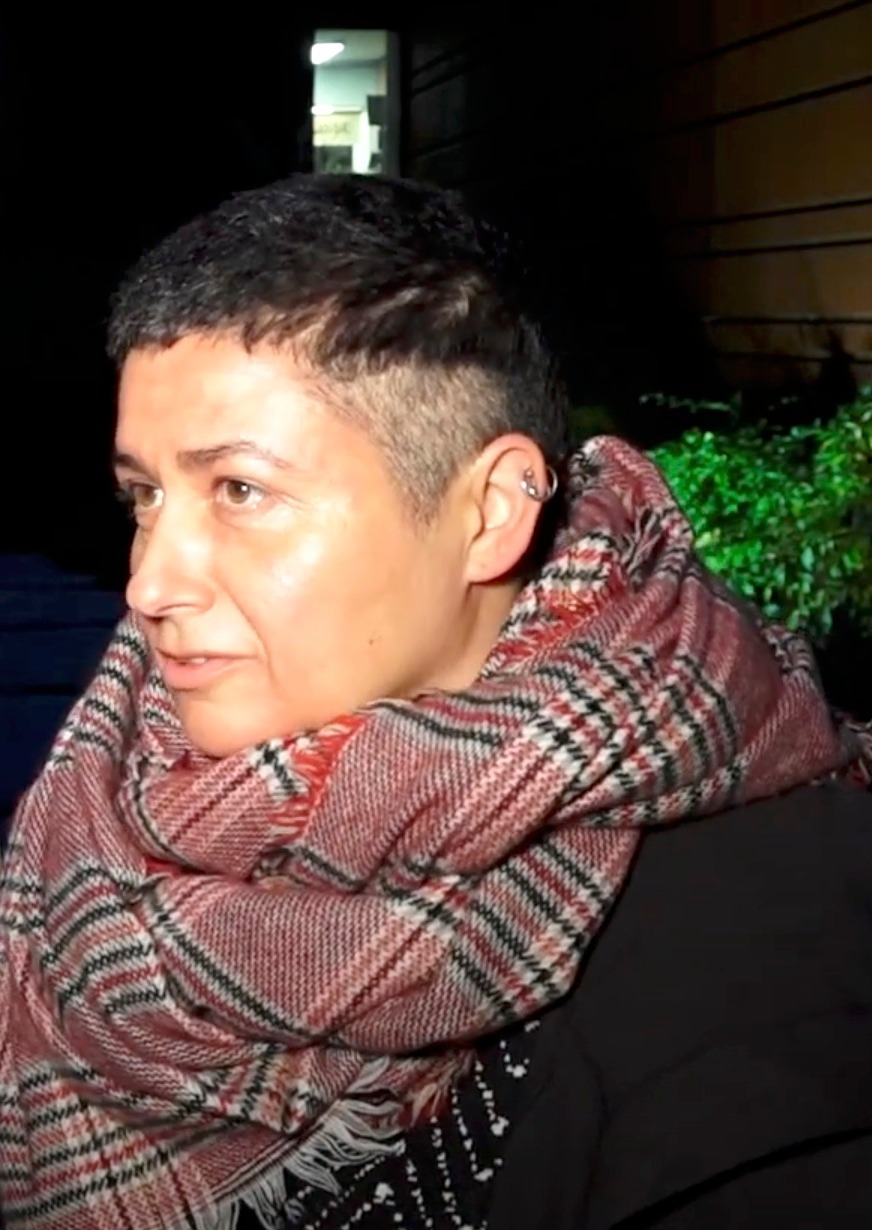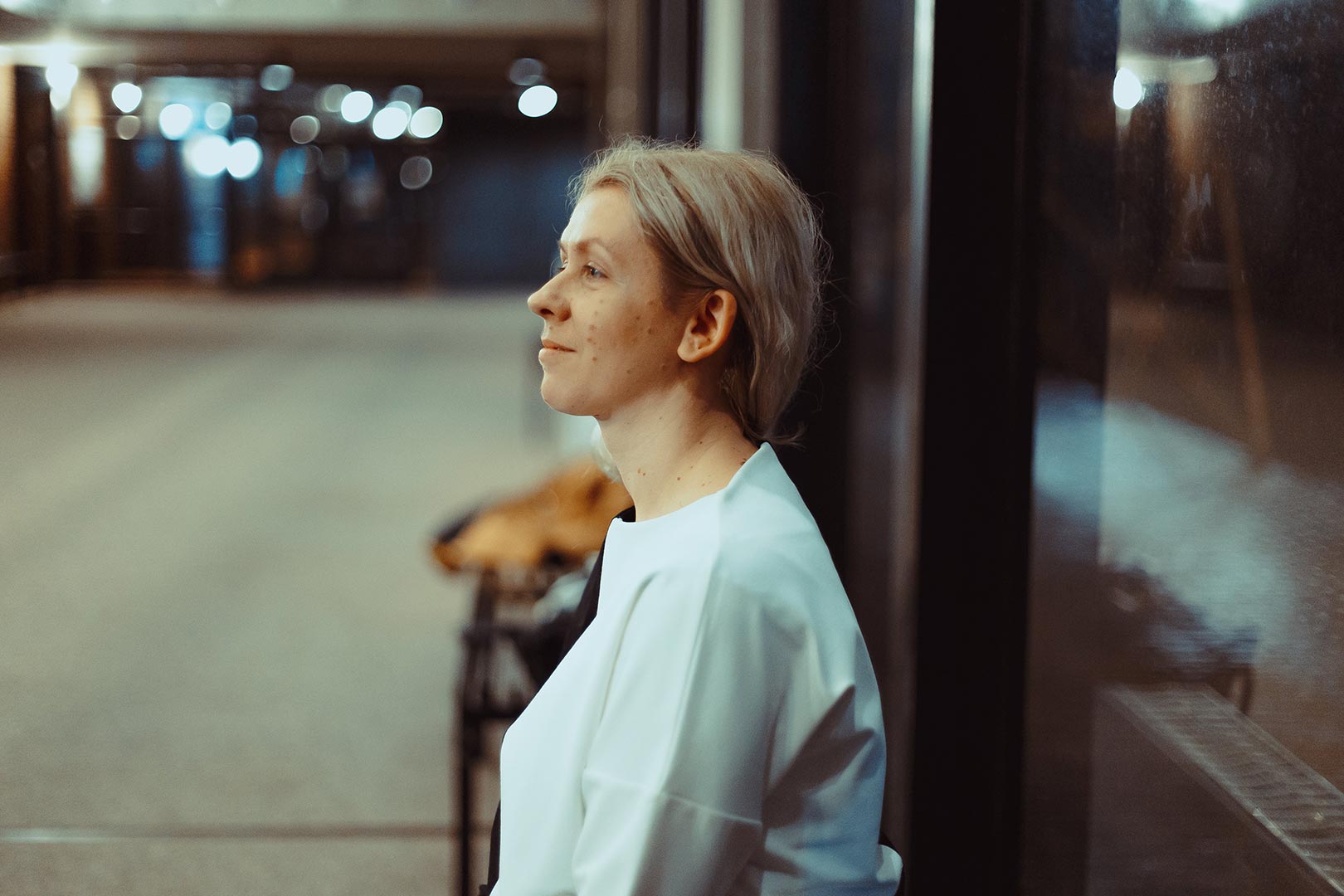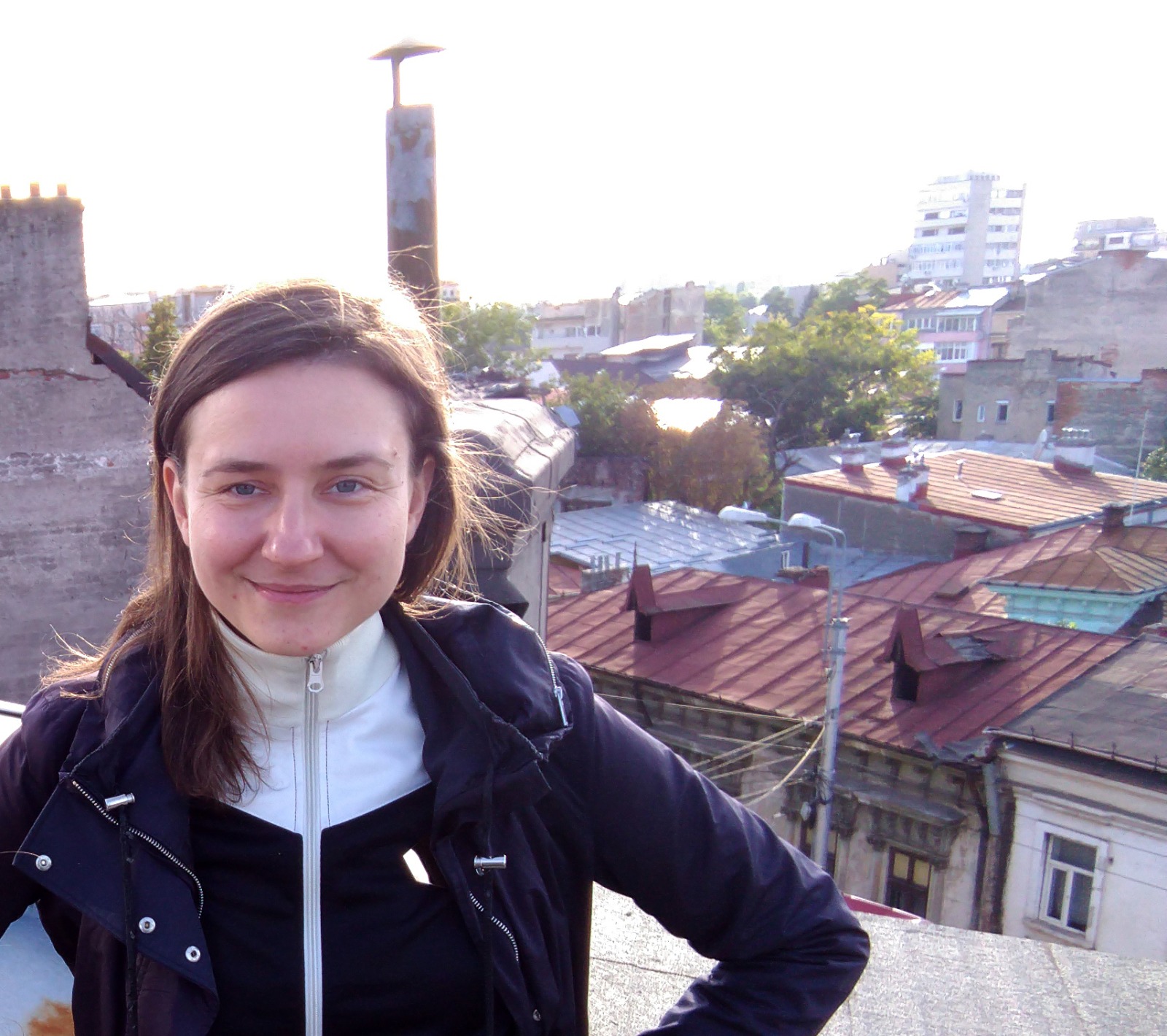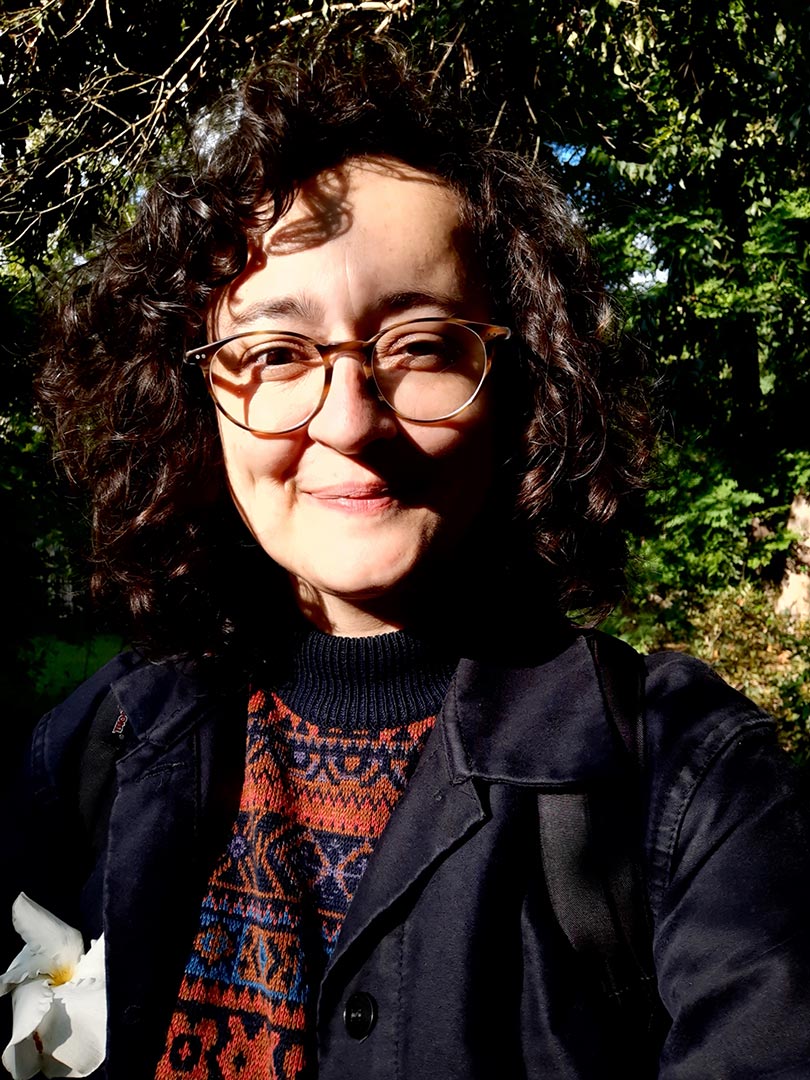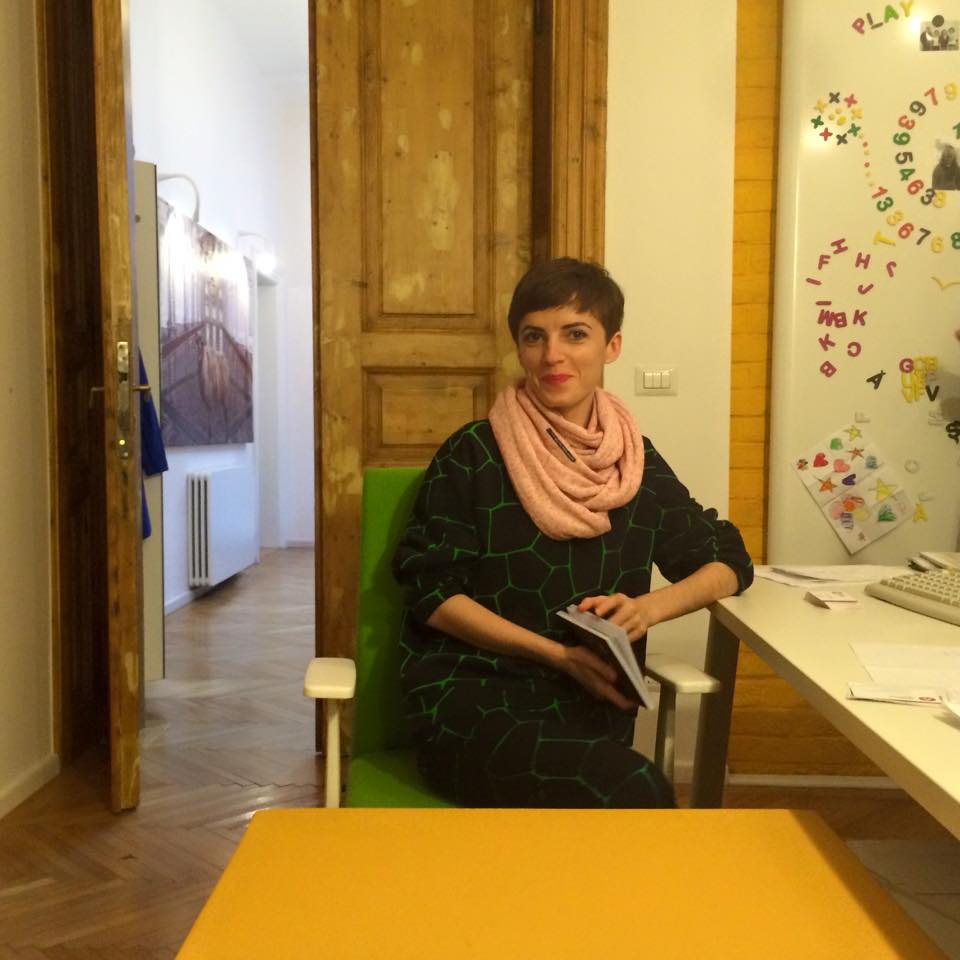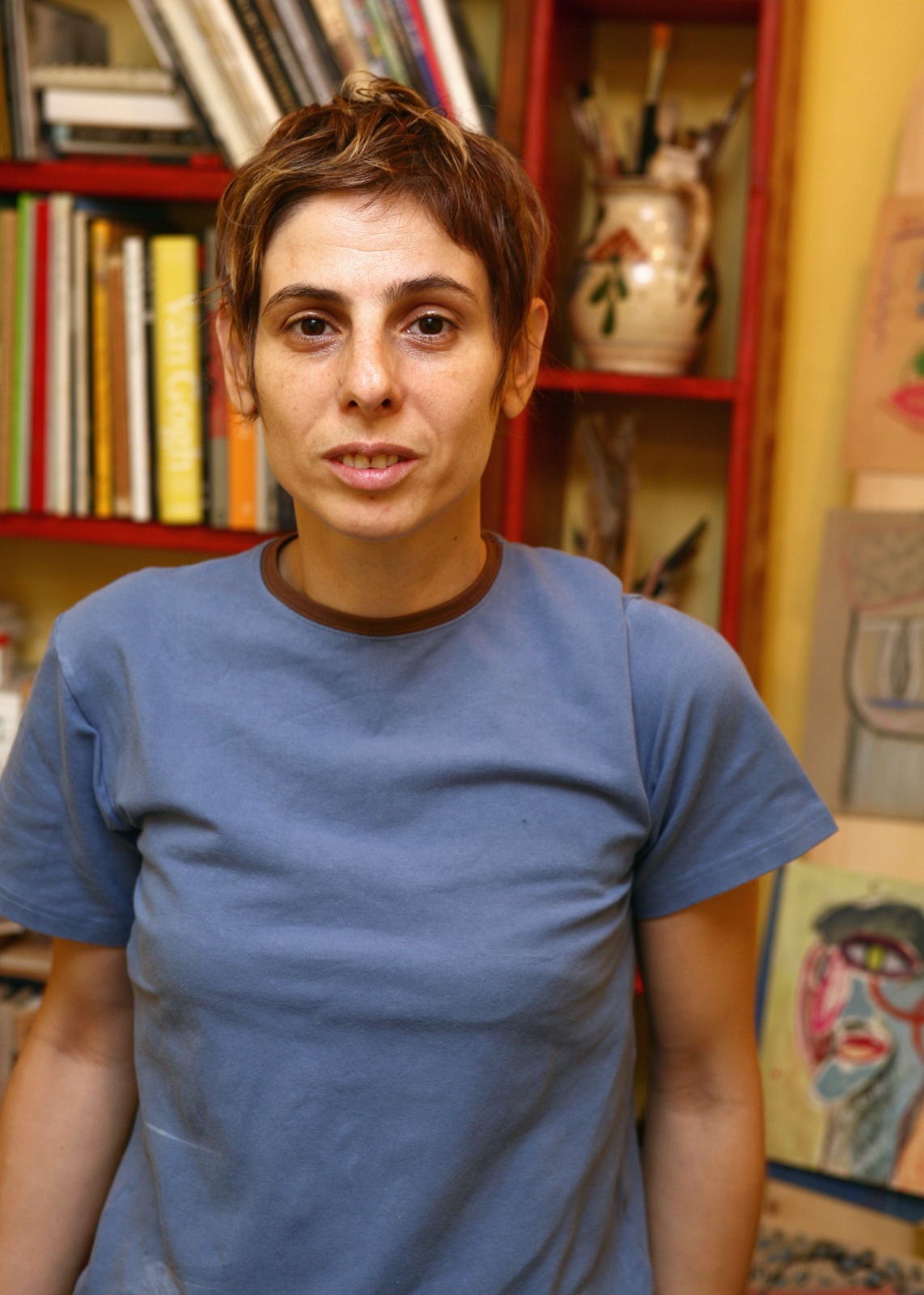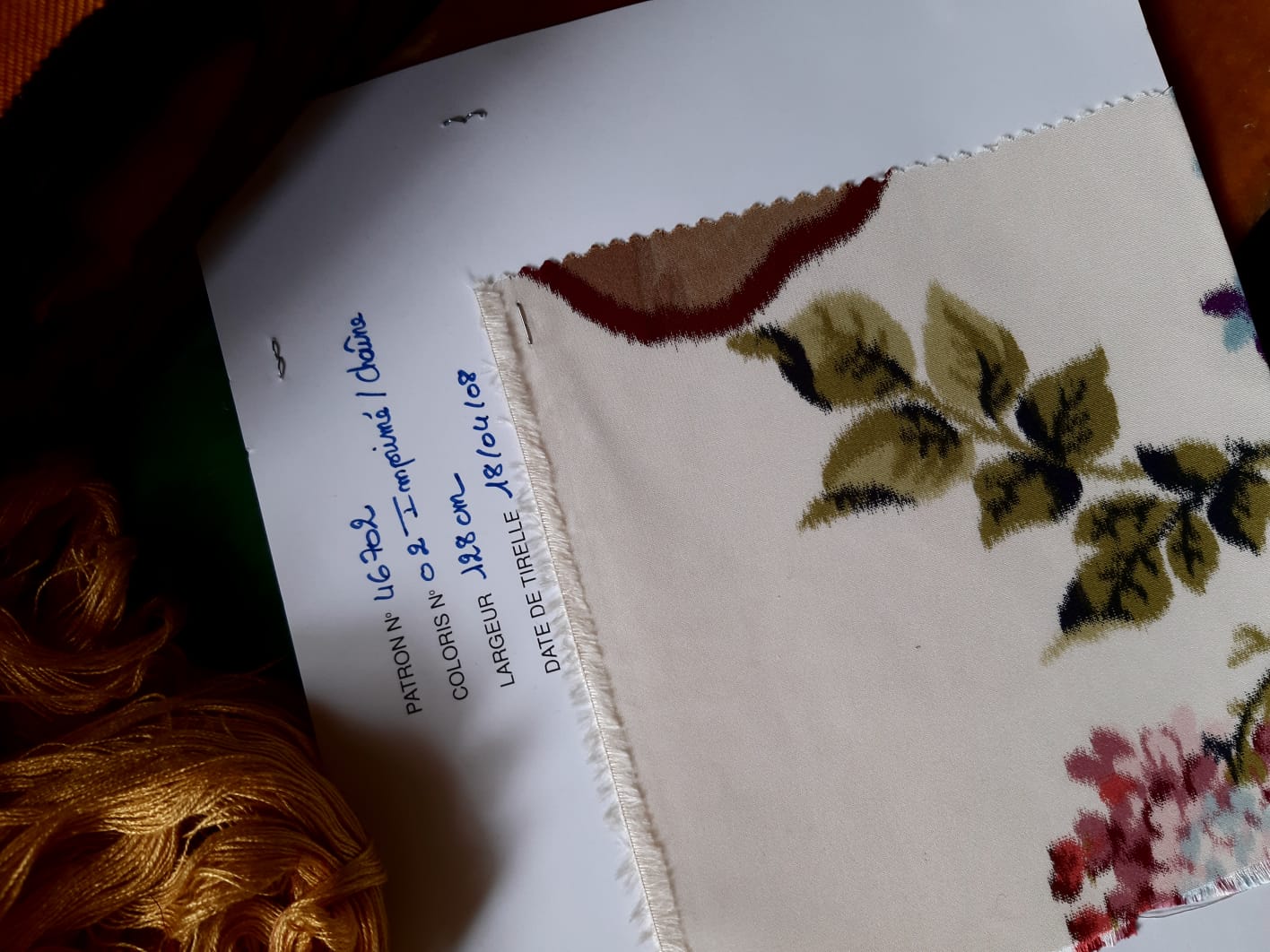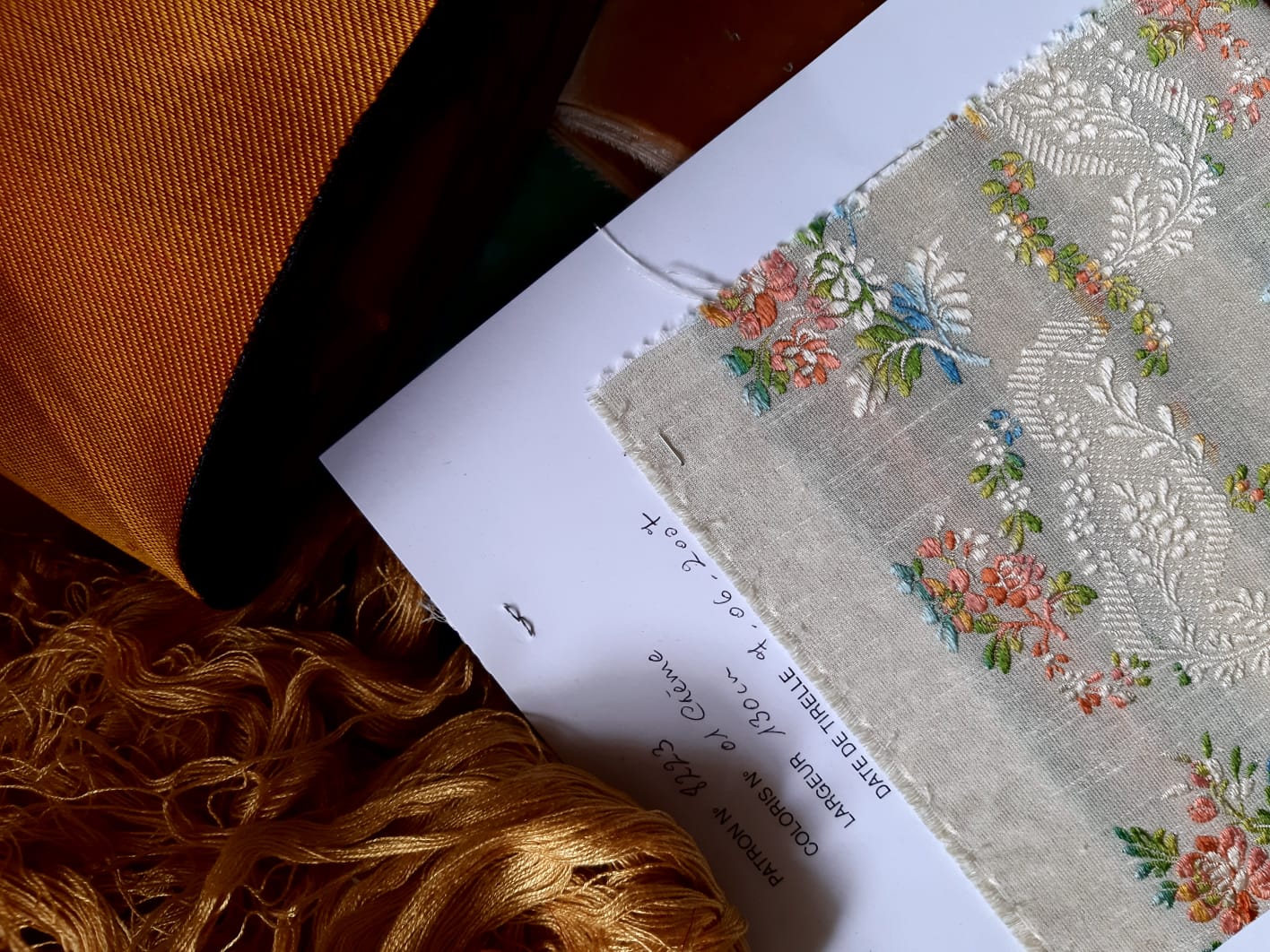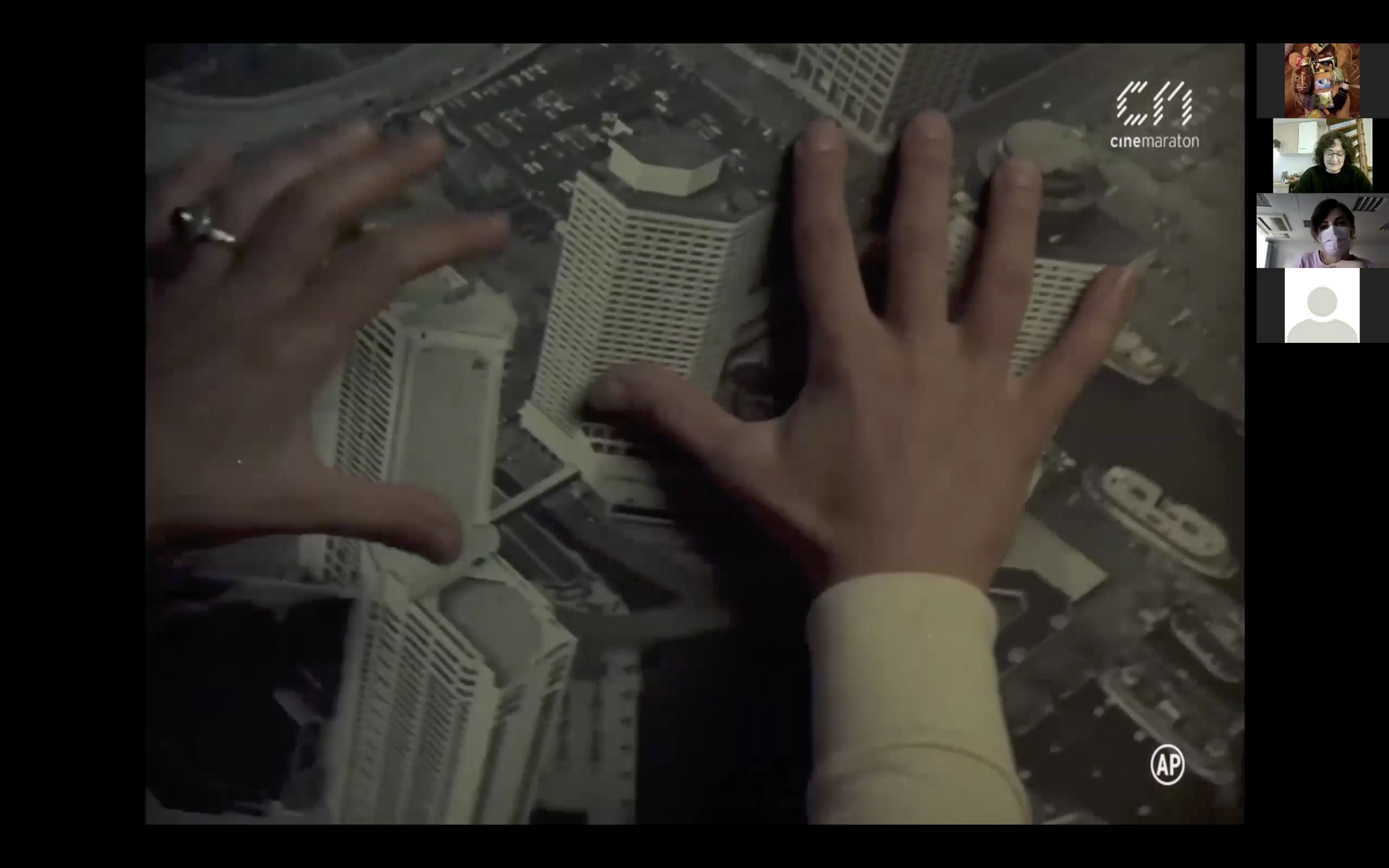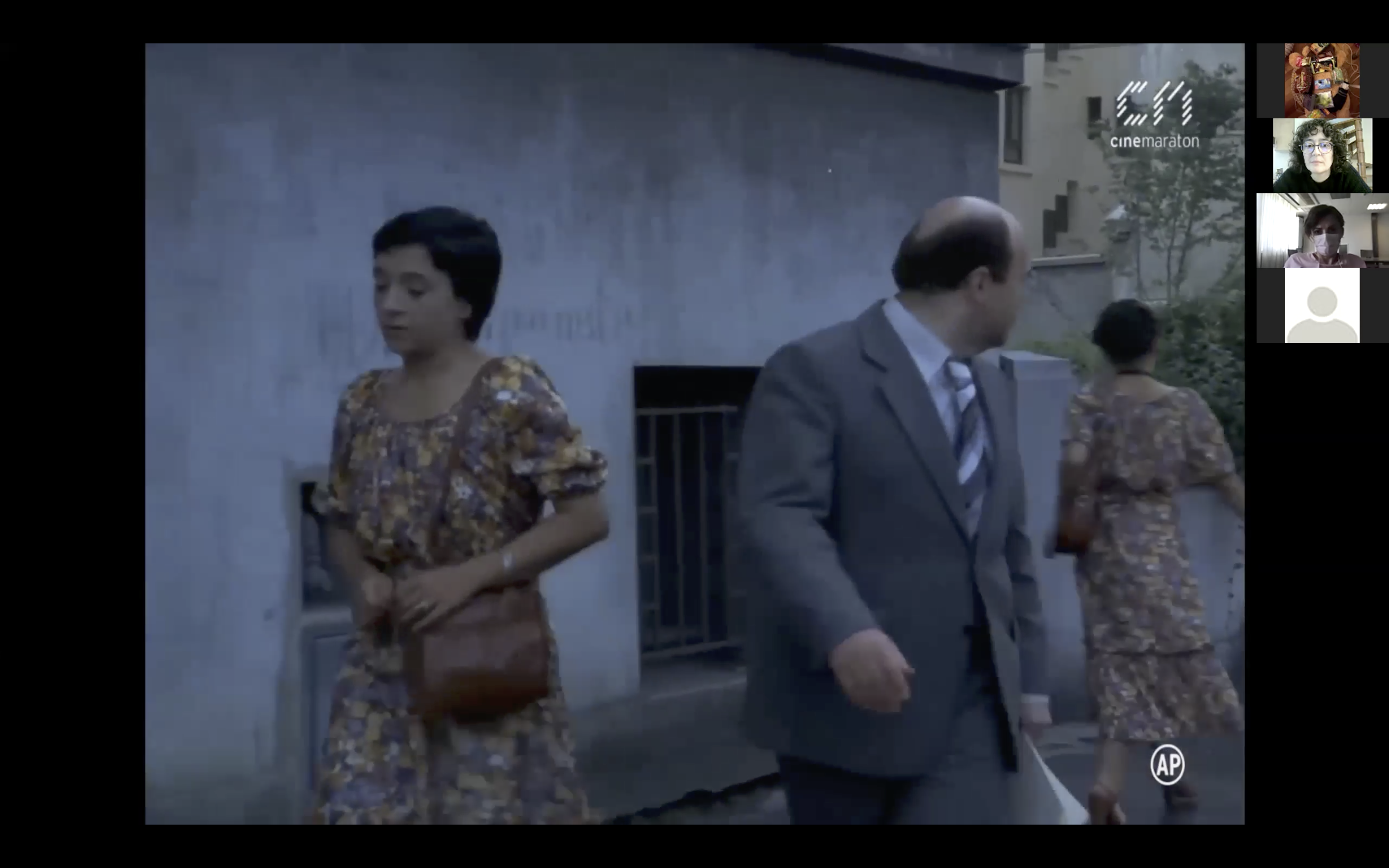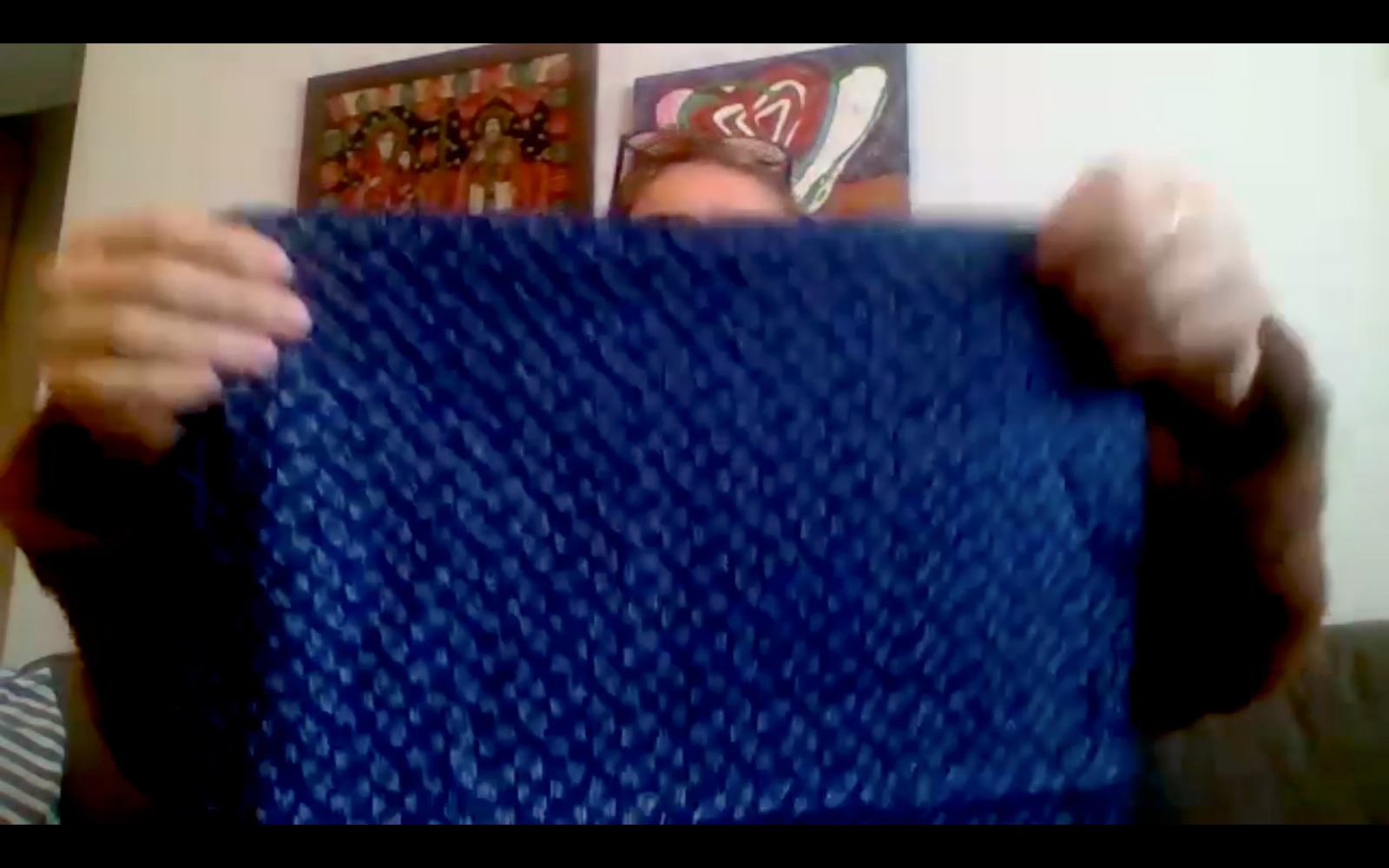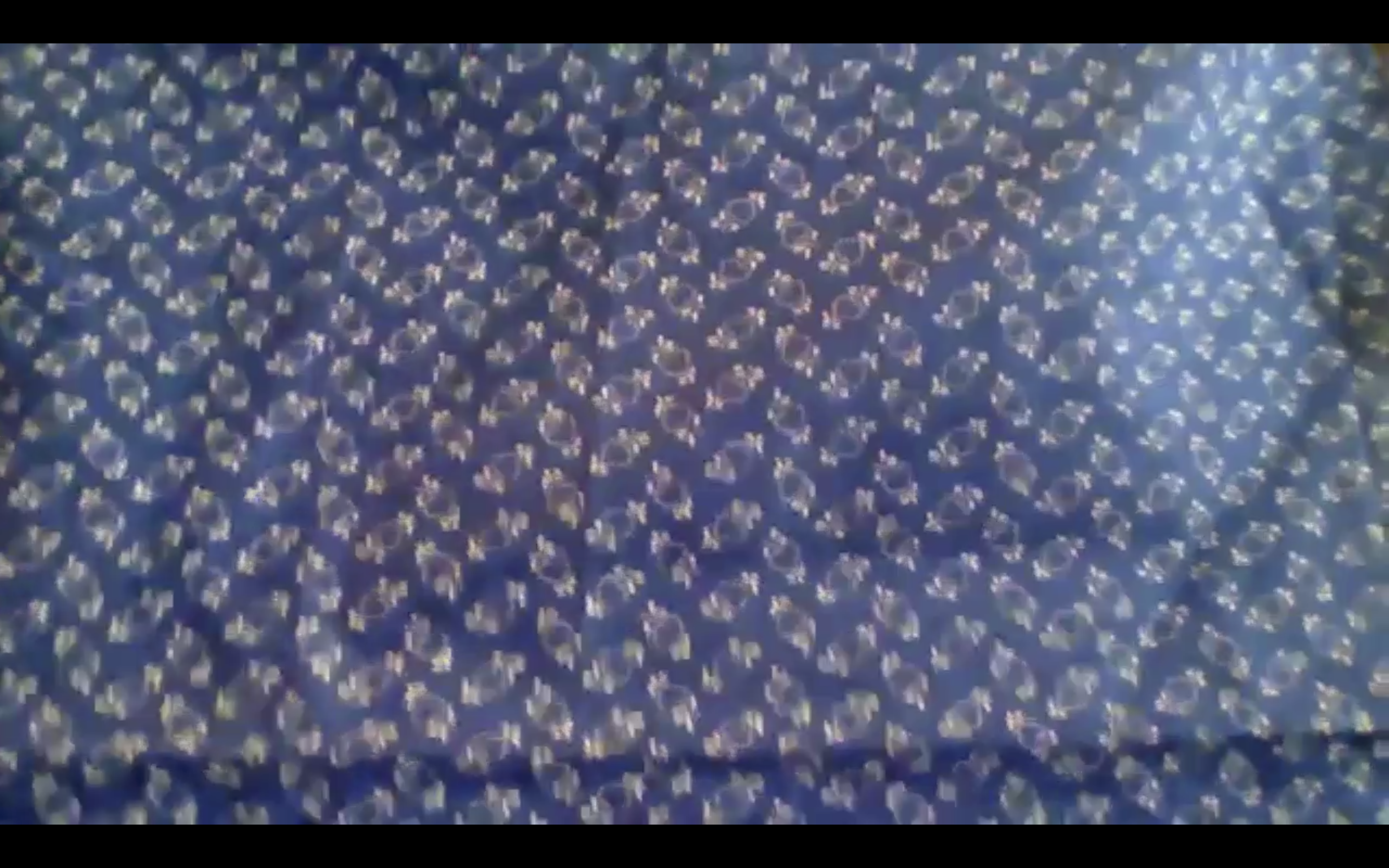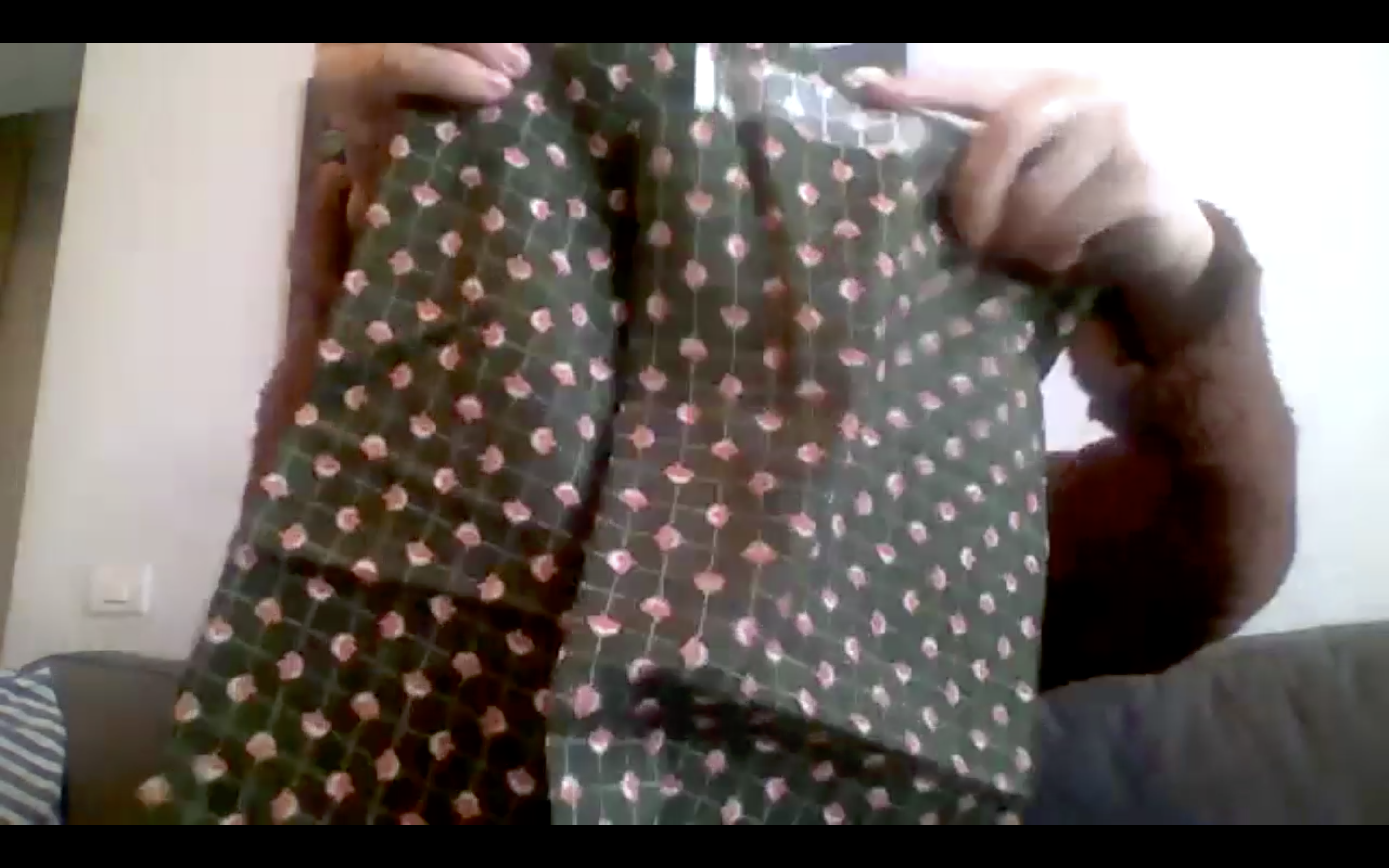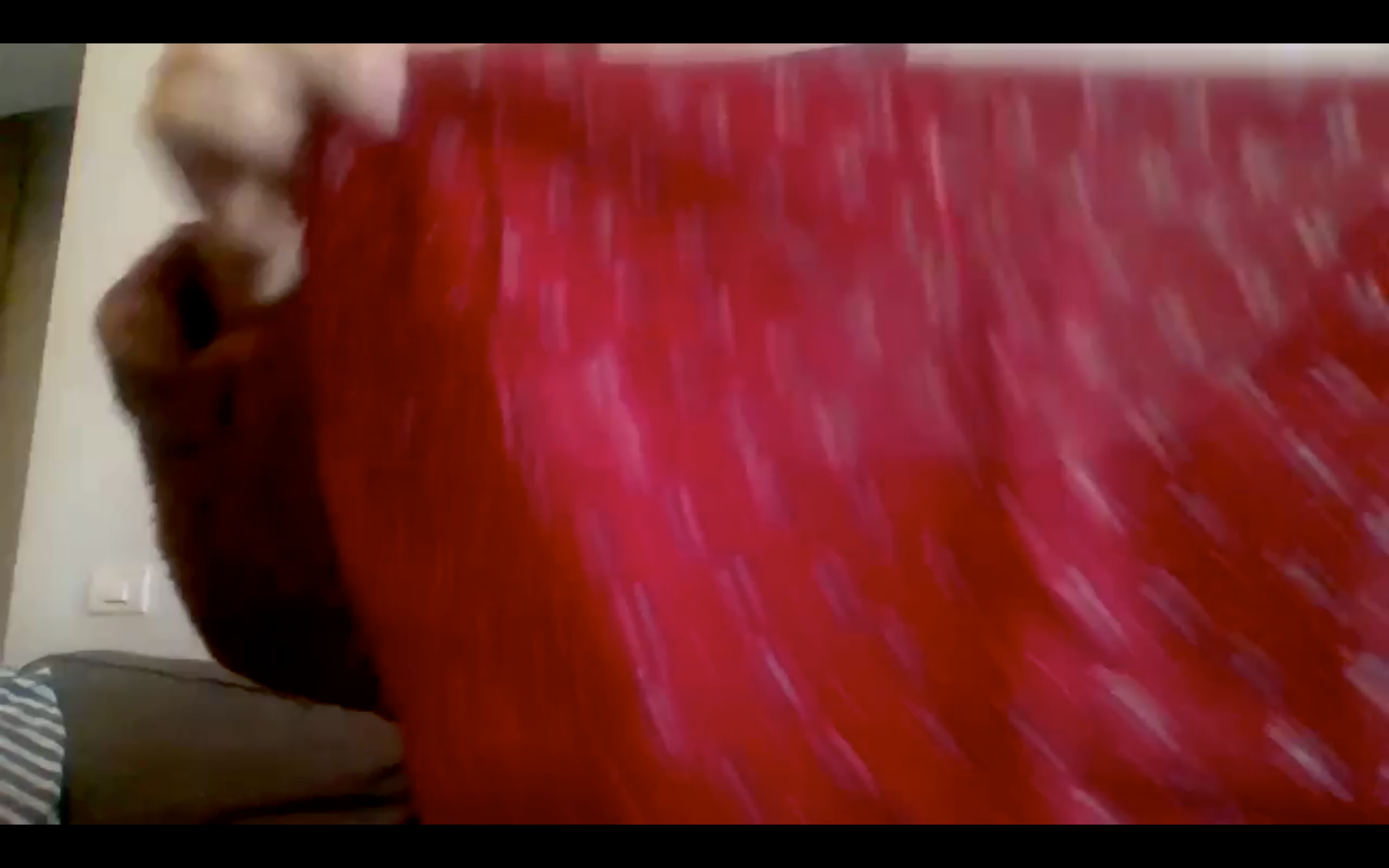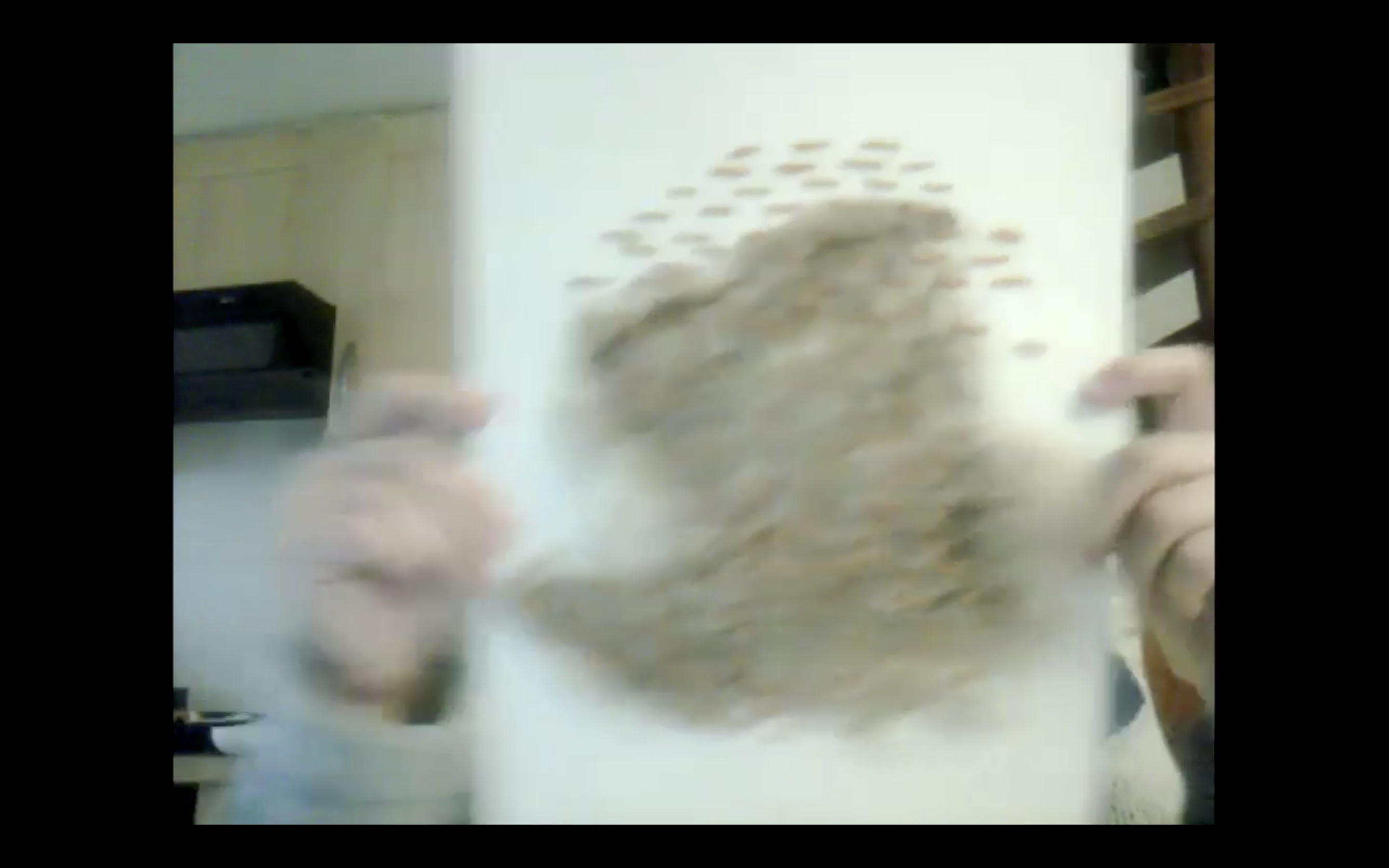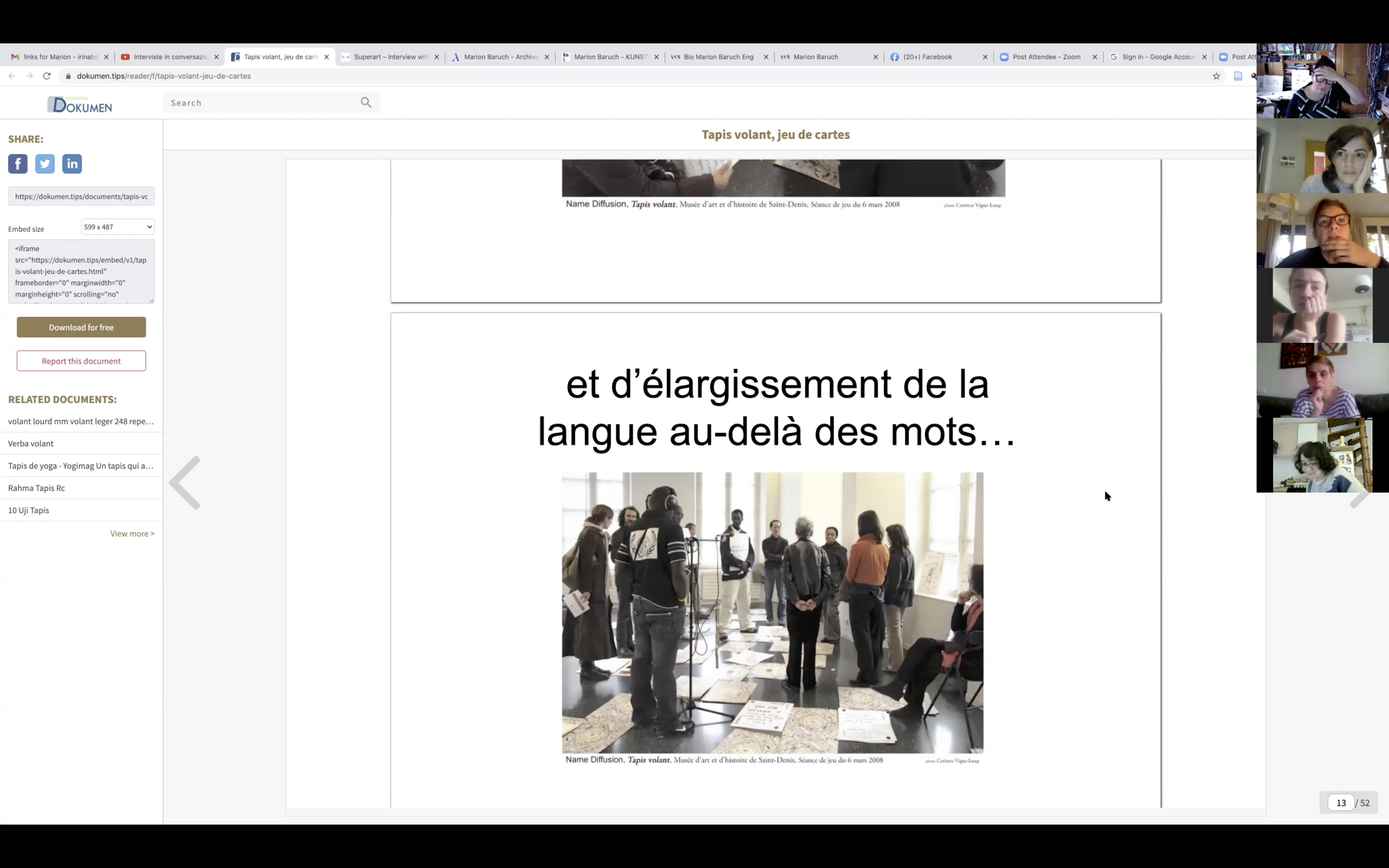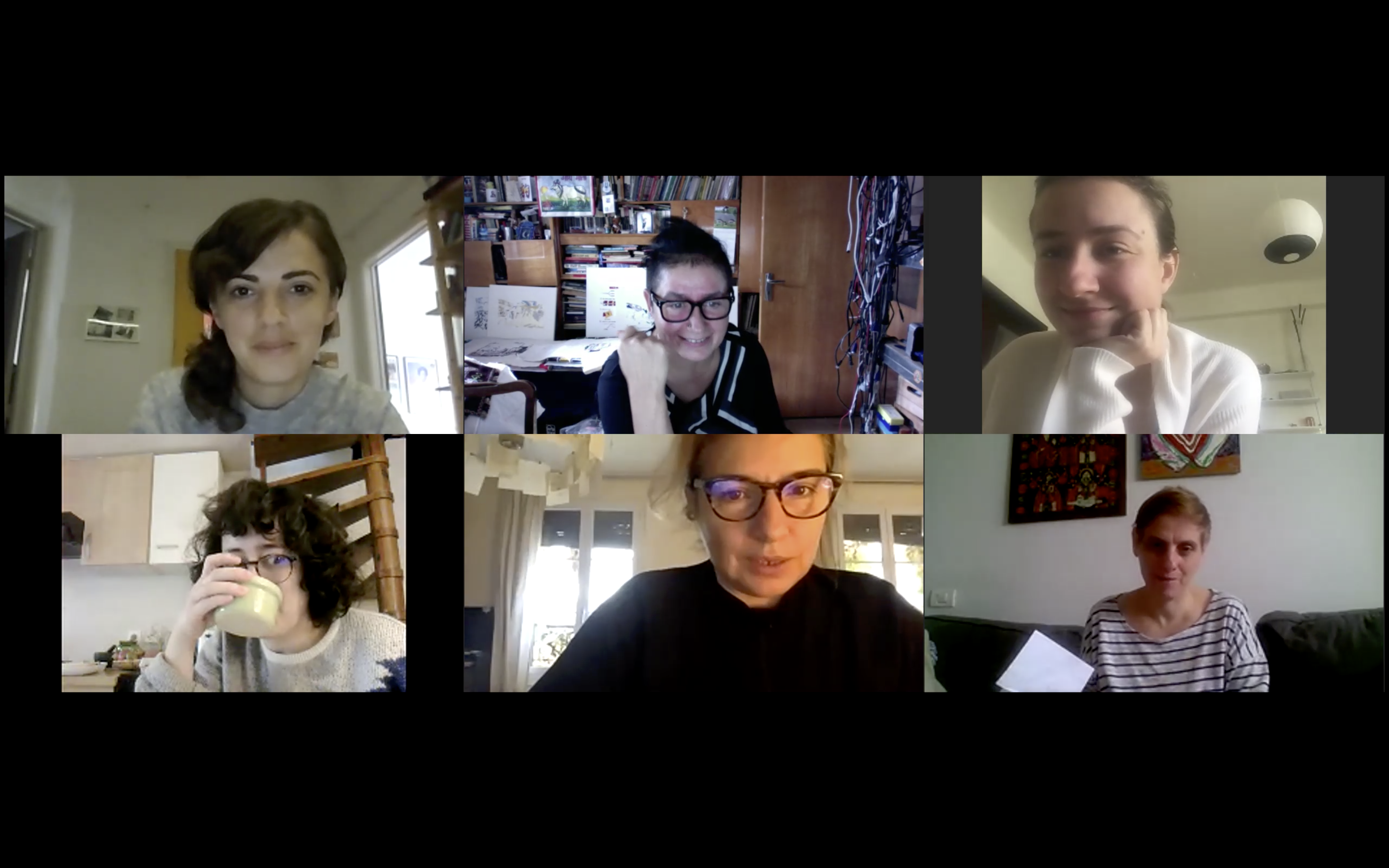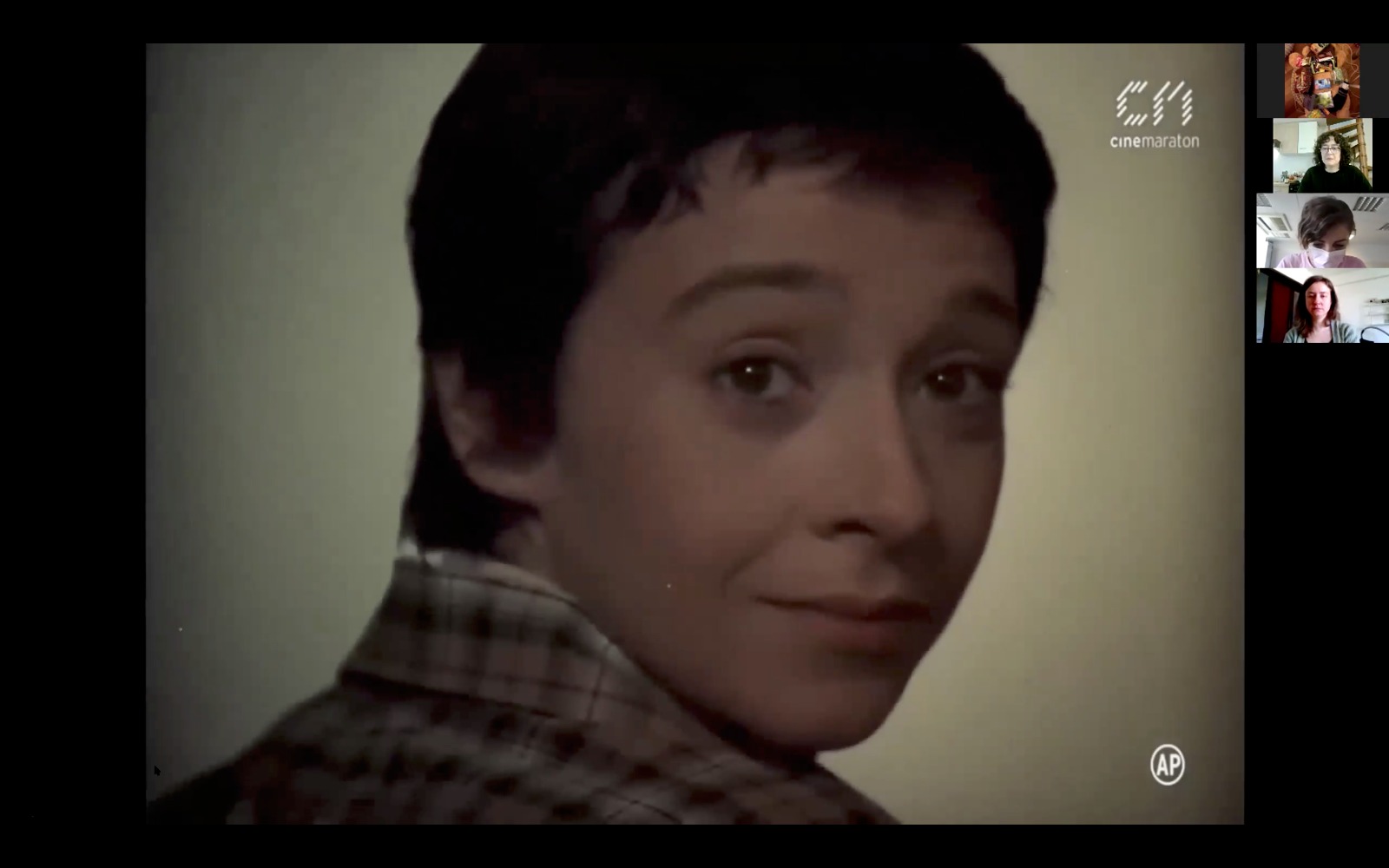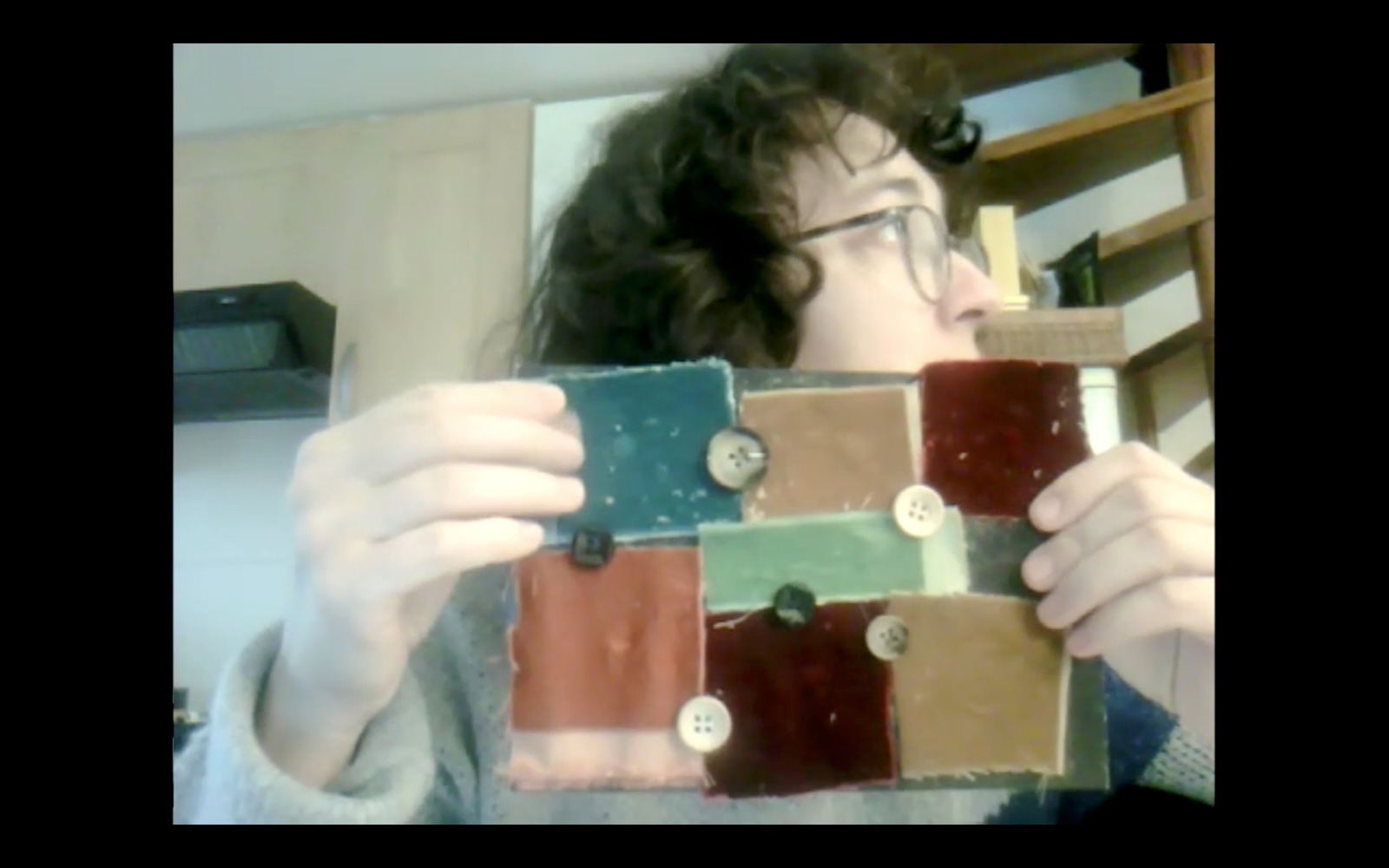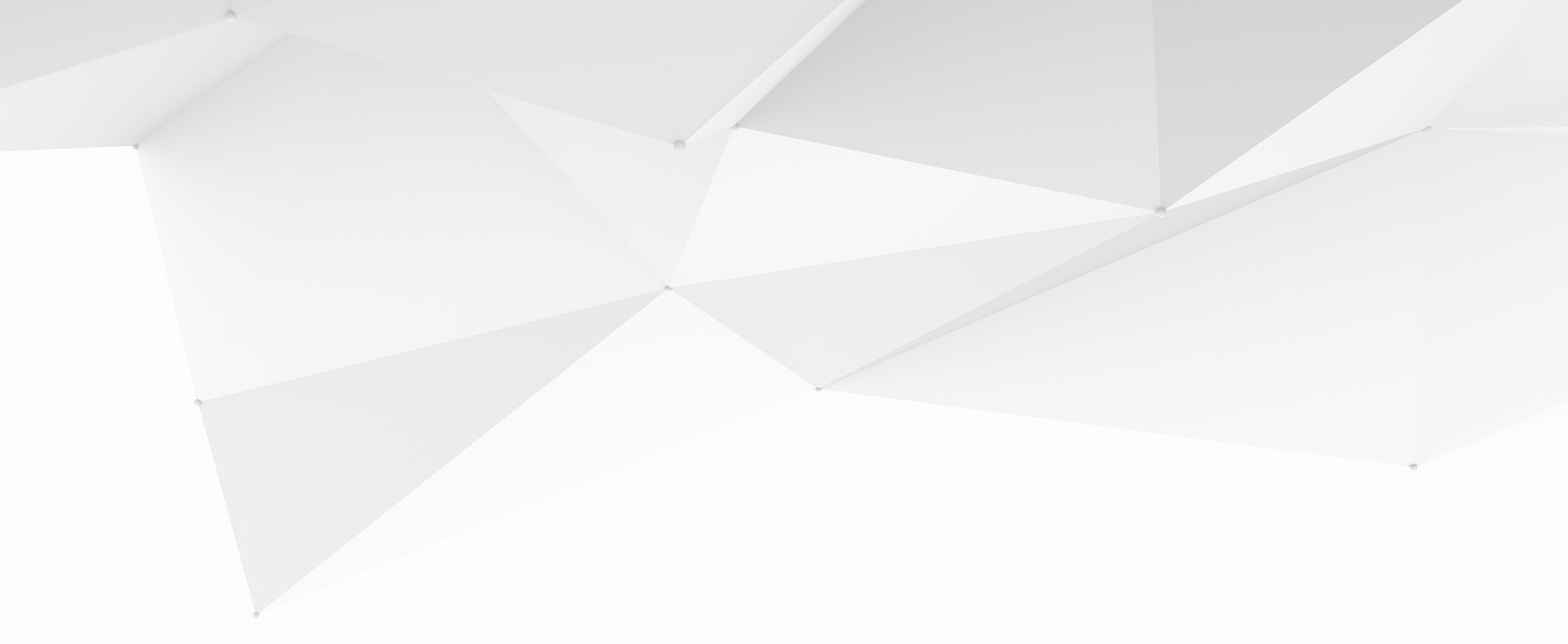AA.Collective learning
1-15.11.2021
WASP Working Art Space and Production
www.waspmagazine.com an https://www.facebook.com/WASPMagazine
A WASP Studios project, co-financed by the Administration of the National Cultural Fund
Co-producer: 4Culture Association
The collective research starts from the works of artists Ada Pistiner, Marion Baruch and Lena Constante, using diffractive methodologies through which the representationalism is replaced by performativity and the subject and the object does not preexist, but they appear under intra-actions [1]. Diffraction is suggested by Donna Haraway [2] as a methodological approach which distances itself from reflexivity, which only “dislocates” the same entity in a different place. Diffraction records the history of interactions, the interferences and differences, representing a metaphor for another type of critical conscience. This conscience does not try to find a representation or authentic mirroring of pre-existent entities, but engages in a continuous performative presence.
[1] Intra-action is a term introduced by Karen Barad in her book “Meeting the Universe Halfway”, [2] Donna Haraway, Modest_Witnm @ Second_Millenn ium.FemaleMan “‘- Meets_OncoMouse ™The laboratory of artistic investigation seeks the development of an artistic methodology of research, production and dissemination, that combines in a symbiotic way the collective actions and impulses with personal ones.
The participant artists in the laboratory: Ioana Gheorghiu, Ileana Faur, Irina Botea Bucan, Kiki Mihuță, Lila Passima.
Curator – artist : Irina Botea Bucan
Irina Botea Bucan has developed a symbiotic structure of artist-educator-researcher who systematicallychallenges dominant socio-political ideas and centers the human and non-human agent as a vehicle of meaning. Choosing to act in different contexts, the artist now focuses on the decentralization of cultural discourses and the possibility of sustaining a creative differentiation that arguably exists outside of a hegemonic system of values and criticism. The performance, reconstructions, simulated auditions, elements of direct cinematography and cinéma vérité combine in her artistic approach, developed through a relational process.
She is currently a lecturer at the School of the Art Institute of Chicago (from 2006) and is attending the doctoral courses at Goldsmiths University in London. Her works have been exhibited in various locations including: New Museum, New York, MUSAC (Museum of Contemporary Art of Castile and Leon), Venice Biennale, Pompidou Center, Paris, National Gallery Jeu de Paume, Paris; Kunsthalle Winterthur, Reina Sofia National Museum, Madrid; MUSAC-Museum of Contemporary Art of Castilla y León, Spain, Gwangju Biennale 2010, U -Turn Quadriennial, Copenhagen; the 51st Venice Biennale; Prague Biennale; Kunstforum, Vienna; Foksal Gallery, Warsaw, Argos Center for Art and Media, Brussels; MNAC (National Museum of Contemporary Art), Bucharest; Museum of Contemporary Art, Szczecin, Poland, Ujazdowki Castle Center for Contemporary Art, Warsaw. Festivals: Artefact Festival, Leuven, Rotterdam Film Festival, Impakt Panorama, Utrecht; Polis Adriatic Europe Festival
********
“When I met Lena in her apartment from Drumul Taberei, she was sewing. She was sewing on the machine in her large room, surrounded by pieces of flowery materials. She sewed for her relatives and for her. She didn’t talk to me about the prison, but about Harry and the women from the village. About their broken, discoloured pieces of the Romanian traditional blouses, which they already used only for washing dishes and wiping them when they met them. She couldn’t stand without sewing and cutting.
“And I started cutting.” She would rewrite a sentence “a hundred times”. Writing was also a cutting process for her.
When she “escaped” from the cell where she had been alone for eight years, she headed for the grass. Towards the trees, birds, sun, sand, damp earth with a rotten smell, leaves, sheep, lambs, dogs. She kept the house “hidden behind her eyelids”. Grass, the wildflowers, the trees are also introduced in her poetry books for children in the 70’s, books which she illustrates with dolls built by her. The music, the composer Harry Brauner tells us, must be sung moved, with joy, childish or moved in an expressive way, with solemnity and tenderness, fondness or nostalgia.
The parcels sewn by women: “When I was sewing, it was my time”, says Anca’s mother. “When I discovered coffee, I sewed and weaved day and night”, Auntie Florina tells me. “I liked it”, Auntie Tia, Auntie Niculina tell me. “I would go with the cow on the field and sew.” And that time of theirs may be “her room”, Virginia’s. Portable, foldable space, the map and the intimate room where the woman could find her own time.
The bleached embroideries, assembled by Lena, are made in a loop, with dense and stubborn features. They do not become flat even after being ironed. Hard to locate in the 70’s, as artistic objects between tapestry and painting, they were directly accused of “destroying folklore”. The assembled fragments-parcels oppose together the linear interpretations. The remains of the Romanian traditional blouses and the stitches are not repeated and do not preserve the symbolic decorations, but they live, fade, become tired, they change their practical functions and, sitting inseparably on the wall, they break it.”
Management and artistic concept: Andreea Căpitănescu
Andreea Căpitănescu is a curator, cultural manager and artist. She was part of the Europalia Romania festival team, as curator of the Performing Arts program, she is the artistic director of eXplore festival, co-organizer of the European project Life Long Burning and, from 2012, co-founder and curator of the contemporary art space WASP Working Art Space and Production. With a professional training in contemporary dance, project management and doctoral research in arts, she is interested in experimenting with new multidisciplinary frameworks, with potential catalyst for artistic and theoretical exchange, which modifies and influences creative processes and proposes new personal, authentic versions. The feminist artistic space and the relationship with the environment (landscape, architecture) represent two of her major interests that are found in many personal projects recently developed.
********
AA.Collective learning overexposes themes related to identity and feminist experiment, questions the relationship with time, different levels of reality and image. The proposed laboratory format continues the approach started in 2020, through the project “Practising solo collective”, to develop artistic micro-communities that find their inspiration in references (iconic images and films) from the history of contemporary art and performance.
Artists:
Ioana Gheorghiu
Ioana Gheorghiu crosses the temporal modalities of the performance using text and instruments from visual arts to operate in the gaps between language, sound and body.
She works with drawing, video and actions to conceptually address governing principles in urbanism, music, sport. She solves poetically and specifically unjust cases for animals or birds. She uses performative frames inspired by academic debate competitions or musical scores. She composes sonically sequences with affinity for radio theater, sound poetry.
She has worked in local long-term performative research platforms, such as Imagine Human (2019) and Black Hyperbox (2016), and has participated in intensive international performance seminars such as “Abandoned Practices” (Prague), danceWEB Vienna and others. She participated in exhibitions and presented individual and group performances at Rosas Studios Brussels, Bucharest Dance Center, Bucharest transit, Anca Poterașu gallery, WASP, Lateral Art Space and Pilot – Cluj Brush Factory, Chorbadjisko Cultural Center, Immunology Laboratory Bucharest, Atelier 35, Platform Space (MNAC), Alfred ve dvore Theater Prague, CIAC Pont-Aven.
********
„I cut to breathe
Marion empties the room to make room for people to sit in a square of sun on the floor. „Spontaneous encounters, exchange and language”, as Olga Ștefan summarizes the purpose of some older actions. I read the emptiness in the textile installations in the same way, as a productive, airy space, for meeting / not a void, but a place. Space created / cut in material and not lacking.
The space appears in the festive air that has the agglomeration of gaps surrounded by long strips that cross large halls. Geometrically controlled relics of lacerations, flags, weapons, kites. I need time to adjust so as not to reject the network of debris. Their rejection is emotionally rooted. They succeed when they are stretched better. They succeed when the pieces are smaller, more controlled.
i cut, unravel, observe and sew again
the thread and chalk through the mouth
in lines”
Ileana Faur
Ileana Faur, visual and performative artist from Budești-Maramureș (RO), settled in Strasbourg (FR), uses a multidisciplinary approach that combines elements of fine arts with sound and fabric. She is fond of yarn, thread, sewing and imaginary gardening.
Her practice focuses on making objects as a need for contact, for fear of it, as a way to reconcile with shame, pain, mourning, to resist oppression and to create a space in which to move freely. Faur attended the master’s and bachelor’s program at the National University of Arts in Bucharest (RO). He was part of the curatorial team at the MNAC Annex platform and FemCAV. Her works have been exhibited and presented at Atelier 35, Bucharest (RO), Tranzit Bucharest (RO), Museum Quartier, Vienna (AU), Skånes Konstförening, Malmo, (SW), Le Chariot, Strasbourg, (FR).
********
How I started blinking all the time
When I was twelve, I finished reading the New Testament to my grandmother and we were both scared for a long time. I imagined that I would lose my family because no one can be as perfect as god wants us to be, that I could be a good Christian because I am the youngest and that maybe I could save them too.
I was scared and sad for many fays.
Everything seemed unfair to me.
I finally made a plan.
I looked for ways to avoid god and to find a solution to how I could hide my thoughts of saving my loved ones from the Last Judgement.
What would be the plan after that, how can I create a space in which He would not have access? I started making a code in my mind.
Every time I would clench my left fist, god no longer had access to my thoughts. If I blinked once, I would take a thing or a living being and put them in a space that could only have been accessed by me. Blinking twice meant an imaginary photo that could have helped us all not lose hope.
That’s how I started blinking all the time.
I blinked at my family to make sure I could be with them later; all the tools from our household and the neighbors, all the animals I saw in the village, the grains, the seeds, the onions and the potatoes. All my fortune and my brothers’, the people who knew more things than my family, the trout from the trout farm and the school library. I mentally photographed all the seasons, all the things that I considered beautiful at the age of twelve. The flowers in the cemetery, the sunsets, the trees bent by snow, the river, the ferns, the moss and the mill from all angles so that we can build a new one. My favorite places in the village and my mother’s recipe book.
A year later I knew exactly how to grow a corn kernel, how to gather tomato, pumpkin or onion seeds. How to graft an apple tree or dig a well.
All that was missing were the beds. In our country, the mattresses were huge sacks of hempseed made of cotton, hand-woven at the loom, which were filled once a year with wheat straw. I wanted modern mattresses, like in the city, but I didn’t know anyone who possessed such a wonder. Until one day, when I saw my grandmother lighting a fire with a magazine with pictures of several beds. I thought I might try to blink. Anyway, I had nothing to lose if they didn’t move into my secret space. Anyway, I had already blinked in front of the sack mattresses. I set out to blink about five hundred times (about as many people on earth as I thought could be true Christians) to make sure everyone had a bed to sleep in. Around the middle of the action I hear my mother’s voice and then BOOM! I get a slap and hear my mother tell me that she doesn’t need a cripple in the house.
I didn’t blink anymore after that.
********
Fragments
The walnut season
The stable in the garden
The spider webs
The rooster’s rage
Behind the cemetery
Time to milk the cows
The apple picking
The bean layers
The stile in the meadow
The winter stable for the sheep
The suspended aluminum cans
The wild boars
The hundred-year-old oak
The wool coloring
The fair day
The piles of corn
The hay in the barn
The muddy road
The deer antlers
The pumpkin truckload
Wool socks
Pot of boiled potatoes
The wind that bends the trees
The smokehouse in the attic
It’s snowing on the roofs
Pitchfork, spindle, spinning,
The woolen threads of the loom
Real stars
The day birds
The night birds
The pruning
The big eyes of the cows
The breastfeeding of the lambs
The road that goes up
The semantron and the bells
The vet
The buffet
The burnt manure
Digging the garden
The ducks in the sky
The slug traps
The mirobolam in bloom
The county fair
The plum sponges
The sheep shearing
The end of the rains
The road to the sheepfold
The blackbird’s nest
The glade in the middle of the village
The stork chicks
The jugs with mountings
The wooden church
The wheat field
The cherry tree in bloom
The wool washing
The dam on the river
The summer kitchen
The trout pond
The dispensary
The beginning of the storm
The grape leaves
The haystacks and the hayracks
The hens, the chicks, the chickens
The cleaned garden
The lightning of the fires
The great hike
The cheese bags
The first tractor
The smell of a wet dog
The weeding of the potatoes
Gallop without a saddle
Pitchfork and sickle
Distant horizon
The lucerne field
The electrical wires
The cabbage rows
The wood in the forest
Digging the well
Yellow in the field
The mice that gnaw
The fishermen in peace
The drying of the corn
The braiding of the horsehair
Molten iron and smoke
The dyeing of the wool
The waterfall bridge
The cultural house
The pickaxe and the shovel
The short storms
********
AUDIO ILEANA FAUR & IRINA BOTEA BUCAN
********
Kiki Mihuță
Kiki Mihuță lives and works in Bucharest. She works with a variety of environments such as installation, text, sound and performance, using her daily experiences as a starting point and as an act of meditation. At the same time, it focuses its practice on ways of reflection and experimentation.
Her works sometimes explore the dichotomy between the self and the other, between instinct and rational thinking. She is also concerned with the subjective limits of perception. Her works have been presented in venues such as Atelier 35, Platforma, Tranzit, MNAC (RO), Scena Robocza – Centrum Rezydencji Teatralnej (PL), Festung Hosensalzburg (At), among others.
********
”The grandparents’ house is about to fall. The few remaining objects lack artistic or ethnographic value. The few hanging carpets are covered in dust or spider webs. Your gaze falls on the largest, a carpet sewn on etamine sewn on etamine with 3 deers and 3 pinetrees.
30 years ago, Veronica Mihuță from Ciprian Porumbescu commune, Suceava county, started working on a carpet sewn on etamine. She manages to sew only half of it and, having used up all the threads, she forgets it, and a few years later she offers it as a gift to Ecaterina Rădoi from Văleni commune, Olt county. Ecaterina continues sewing but, although she failed to find the right shades, she finishes and hangs the carpet on one of the walls in the room. Veronica never saw the finished carpet. Meanwhile, Ecaterina teaches her nieces to copy and reinterpret the small models, without them ever taking the teaching further.
Today, the grandparents’ house is about to fall, but the carpet still bears the traces of the gestures of the two telling a story and a memory that goes through several contexts: of the 2 and the artists.”
Starting from the works of Marion Barouch and using her practice as an impulse, Kiki Mihuță proposes as a research topic the recovered memory questioning “what is left behind”. As with Marion Barouch, Kiki Mihuță is not nostalgic for the past, but she is interested in recovering the gesture in the things she finds. In contrast to Barouch, who tries rather to introduce a personal gesture in her works, Kiki Mihuță is interested both in the mechanics that trigger memories and in the degree of their deterioriation and obsolescence.
The discussions in the laboratory led to the recovery of fragments of memories from which the artist started this research. Using the formula “Damage-Loss-Recovery”, it questions the subjectivity of the recovery experience.
Lila Passima
Lila Passima, visual artist, curator and coordinator of the of the Museum Education section at the National Museum of the Romanian Peasant, explores the relationships of interiority with the external reality using the elements of an interdisciplinary approach. In her installations, called personal spaces, Lila Passima builds a dynamic relationship between self-referentiality and social context and operates with a lexicon structured on: affective memory, personal mythology, subjective archeology and autobiographical reconstructions through an instrumentation that imagines stratigraphy contained in: signs – markings, witness texts, parietal drawings, photography, organic material, sculptures, ready-made and autobiographical objects. Interested in an approach with connections in the field of cultural anthropology, she created interdisciplinary collaborative actions in the area of performance, sound improvisations and contemporary dance, actively involving the public through a participatory approach in her personal spaces.
She has participated with interdisciplinary installations and projects in national and international exhibitions at the Ianchelevici Museum (BG), International Center for Contemporary Art, Pont Aven (FR), Contemporary Art Gallery, Sacramento (USA), Moscow International Forum of Art Initiatives (UK). ), Tilburg Museum (NL), Norton Priory Museum (UK) Beer Sheba University Gallery (Il), Szombathely Art Gallery (HU), MNAC, UAP Galleries, MINCU House, Turkish Bath (Iași).
********
Lena and the cuts of time…
Cut timeframes that Lena sews by counting them, one by one.
I …One, two, three, four, five seconds, six, seven, eight, nine, ten seconds, a thousand seconds, a hundred thousand seconds. I lived alone, in the cell 157 852 800 seconds of loneliness and fear. It’s something that is not said, it is shouted! It condemns me to live another 220 838 400 seconds. To live so many seconds or to die from so many seconds…I
And Lena continues to sew… dolls, gardens with birds and flowers, trees of life, she smiles at Harry, she hides among the paths sewn by her peasant frinfs from the Foresters’ land, which she gathers in a clearing… sometimes covered in shady tones, silvery black, once bathed in shades of fiery red and time-washed pinks.
Lena’s playing – her escape, silent and impossible…
I sew in Lena’s timeframes, imaginary paths, I lie inside the diamond-columns, as many stairs that go up and down connecting the sky with the earth…
And caress the material… every trace of needle and fabric meat put together by Lena imagines thousands of sewn hills, valleys and rivers. Waves of sound rythms, juxtapositions and joinings of micro-territories, dis-enchanted and re-united in endless regenerating senses.
Lena cuts, sews, recycles, recovers in a saving manner…the remains, the traces of a lost peasant beauty-world and raises a living Garden, connecting the timeframes in the clearing.
Lena sews…
A WASP Studios project, co-financed by the Administration of the National Cultural Fund
Co-producer: 4Culture Association
The project does not necessarily represent the position of the Administration of the National Cultural Fund. AFCN is not responsible for the content of the project or the way the project results can be used. This is entirely the responsibility of the beneficiary of the funding.
Media Partners: Radio România Cultural, Modernism, Revista Zeppelin, Revista ARTA, Feeder, IQads, România Pozitivă
